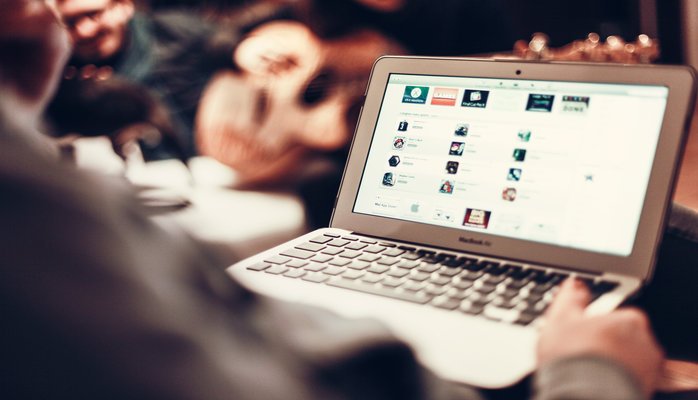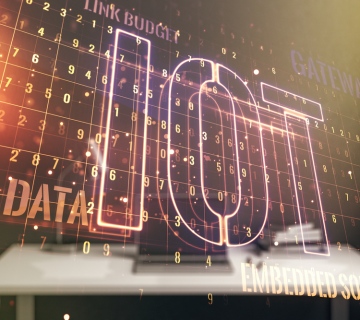As a PR professional you know that getting coverage is the ultimate goal for your clients, and these days, social media can be one of the best tools for doing so. That being said, maintaining accurate and up-to-date social media monitoring can be time consuming, and all too often it can be easy to overlook mentions when a notifications feed is packed full of activity.
There are a number of things you can do to make sure you are appropriately monitoring all forms of your social media output and engagement, so you make sure that complete and total coverage is available to your clients when they want it.
Have Clear Goals
One of the biggest mistakes PR professionals can make is just being on social media because it is the thing to do. You need to clearly know what your goals are for being on a platform, and how you plan to measure and monitor your brand’s activity.
If you find that monitoring social media is simply overwhelming, a company like Universal Information Services (universal-info.com) can help you implement a plan to track all mentions and engagement on social media, which means you can focus your attentions where they should be, on making sure the right content is out there across all platforms.
If you’re having trouble clarifying your monitoring goals in social media, try focusing on a few key areas. If you simply want to grow the brand’s image, you may want to know when people are talking about your brand, regardless if they are saying positive or negative things. You may also want to monitor to engage directly with customers, in which case you’ll need to both be more active on the platform and diligent when watching for customer mentions. Not responding is preferable then trying to help with a customer service complaint three days after it was posted.
Focus on the Right Platform
There are more social media platforms that you can count, so it’s essential that you are focusing your efforts where they are best appreciated. For example, if your key demographic is on Twitter but you put a greater focus on LinkedIn, you may find that you are missing out on a great opportunity for a regular, engaged fan base.
Even if your social media campaign is about building a reputation as an industry expert rather than always engaging with followers (although it can be argued that the latter is a great pathway to the former, you’ll also need to come up with ways to monitor key figures that don’t include your brand’s name directly. This can mean following the right hashtags, and keeping an eye on industry leaders’ and experts’ activity.
Ease into Conversations
When you find your ideal platform and audience, take the time to get to know the online community they belong to. You don’t want to throw yourself into the middle of a conversation only to find that what you thought was a negative mention was actually just a trickster community playing around – in fact, the wrong response in that situation can have even worse results!
Make sure you understand how industry leaders interact with their communities, and be sure to understand how the communities themselves work. If the first interaction users have with your brand is you jumping into an ongoing conversation they may not feel like you are personally interacting with them, but rather that you’ve spread a blanket response every mention. Even worse, you don’t want to comment on a mention that actually had nothing to do with your brand – it may turn off potential customers who see you as a bit paranoid and trying too hard.
Make it easier for yourself
Notifications via social media platforms are great, and you can certainly use hashtags as part of your keyword analysis. That being said, activity can quickly grow – and since your goal is for your content to reach a larger audience, you won’t be able to keep up with something that goes viral just using basic notifications. Therefore, it’s best to set up parameters on each platform that help you consolidate and weed out the unneeded spam content. This can be overwhelming for larger brands, so make sure you have the right tools to make the information more accessible.
Always Plan for the Worst
Major companies have been hacked in the last year, and you certainly don’t want to fall prey to an account takeover by a malicious source. Social media accounts can be particularly susceptible to hacks, so part of your media monitoring should be focused on knowing when and if your account becomes vulnerable, and what you will do in the case of a hack or other malicious activity. Remember, once something goes online it gets harder and harder to scrub, so know exactly what steps you will take to make sure that any ill effects on reputation are minimal.
But also Plan for the not that Bad
In the grand scheme of things, a bad review on a website is probably far more preferable than a large scale hack of your social media accounts, but that doesn’t mean you should be any less prepared for how you will deal with small-scale negative mentions. Do you want to directly engage with upset mentions on the platform, and is everyone who monitors that account up-to-date on how to talk down angry customers? Make sure you don’t make a bad situation worse, and be prepared for negativity as much as you are prepared for positivity.
Final Notes
Social media can be a blessing and curse for PR professionals, but it is also an absolute necessity. However, staying up-to-date on the right platforms for your client’s needs and taking the time to understand your target audience and how they already interact with platforms will help make sure that you are monitoring your presence accurately and efficiently. Keep in mind that social media is about building relationships, and focus on making sure that direct interaction with your brand is positive.



